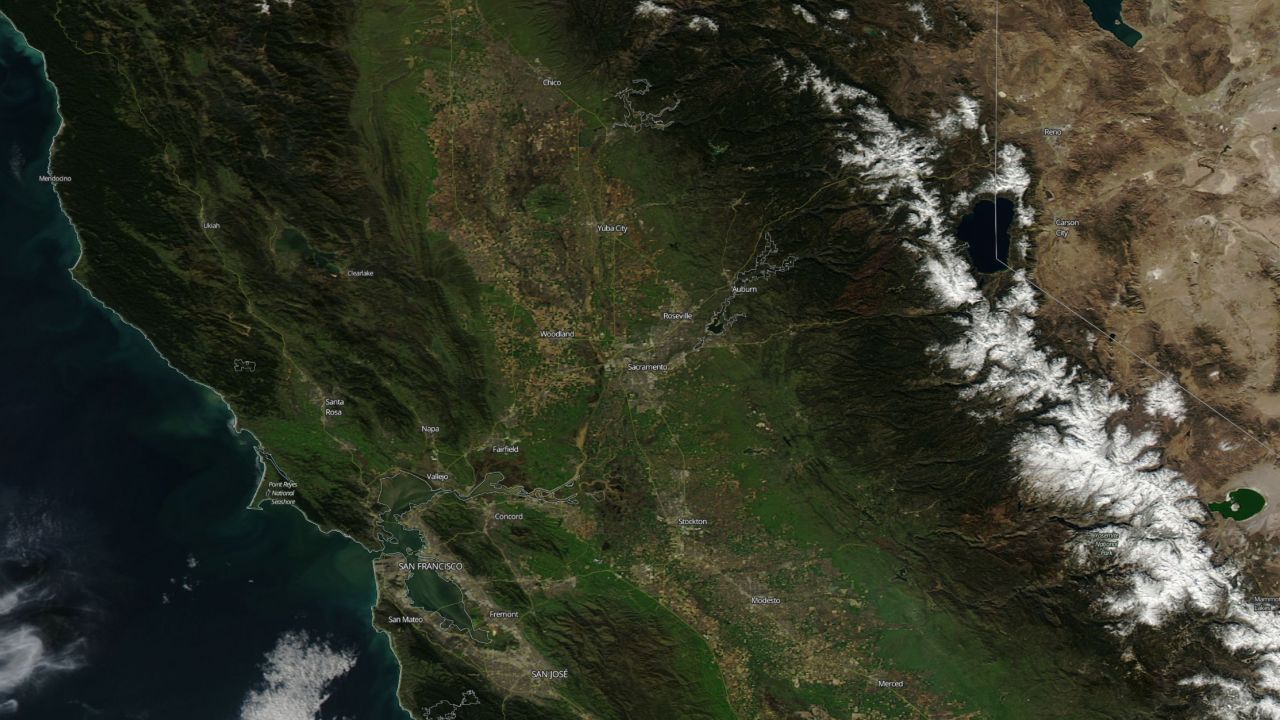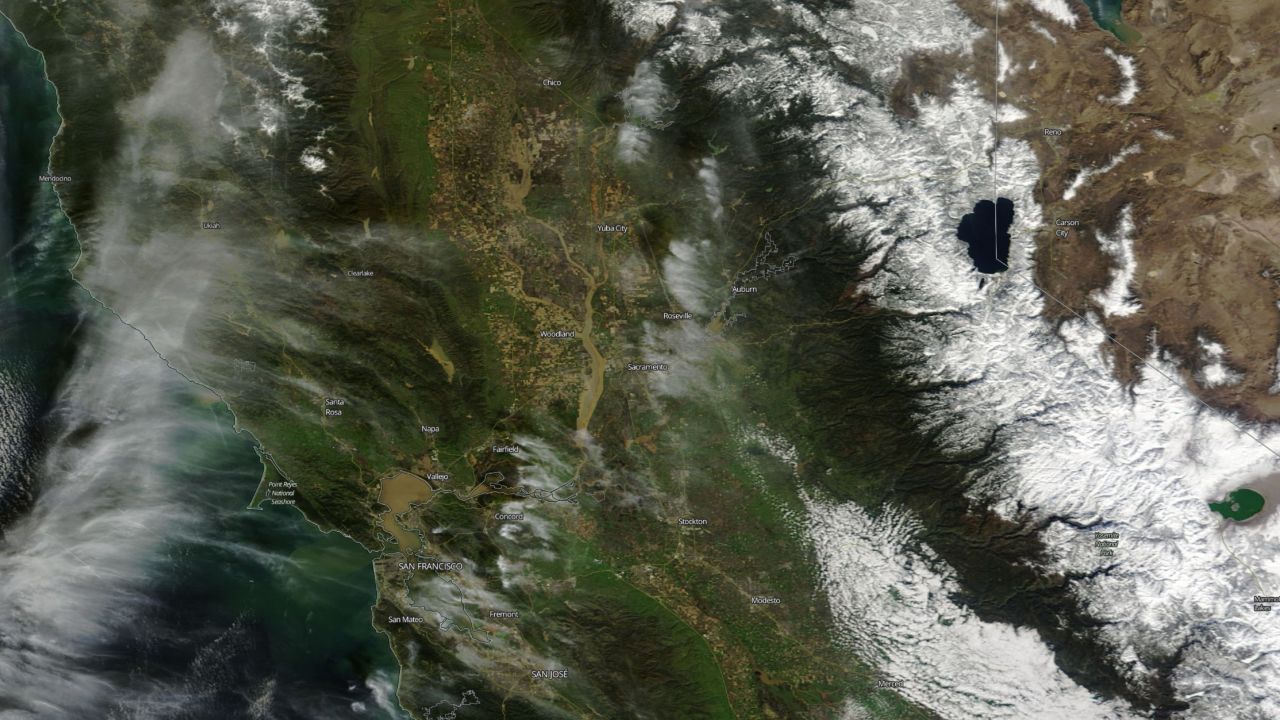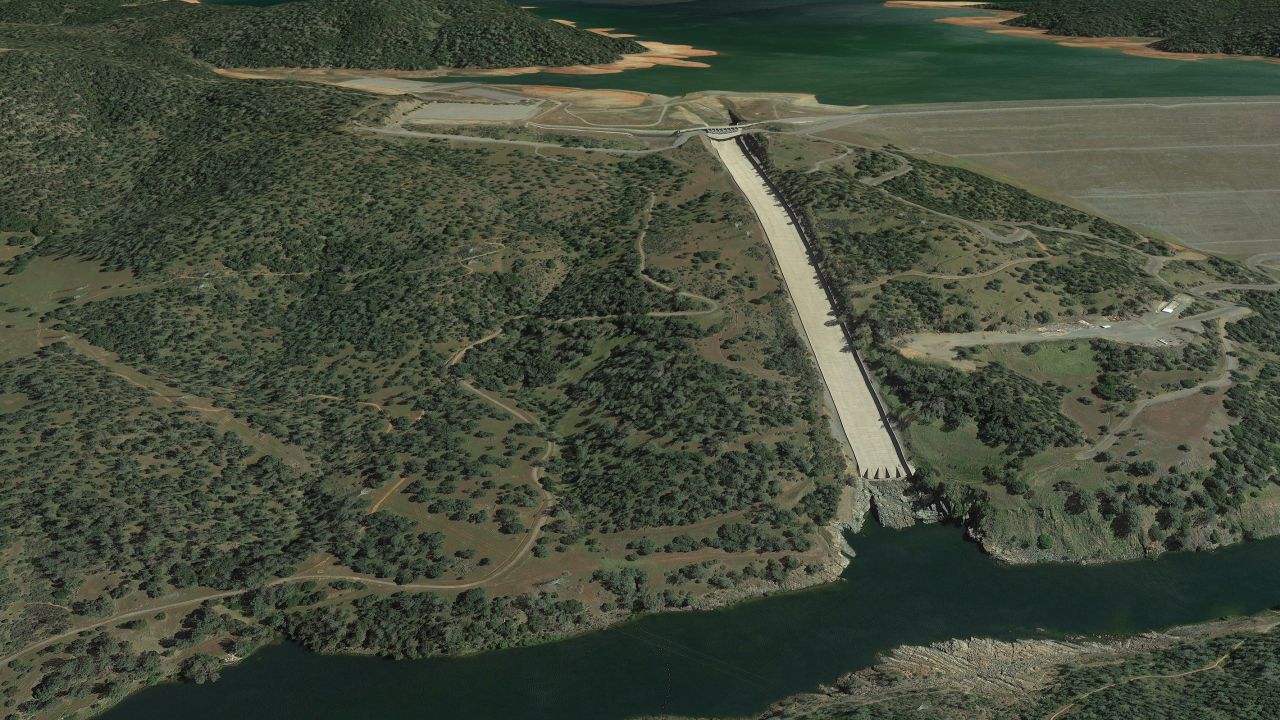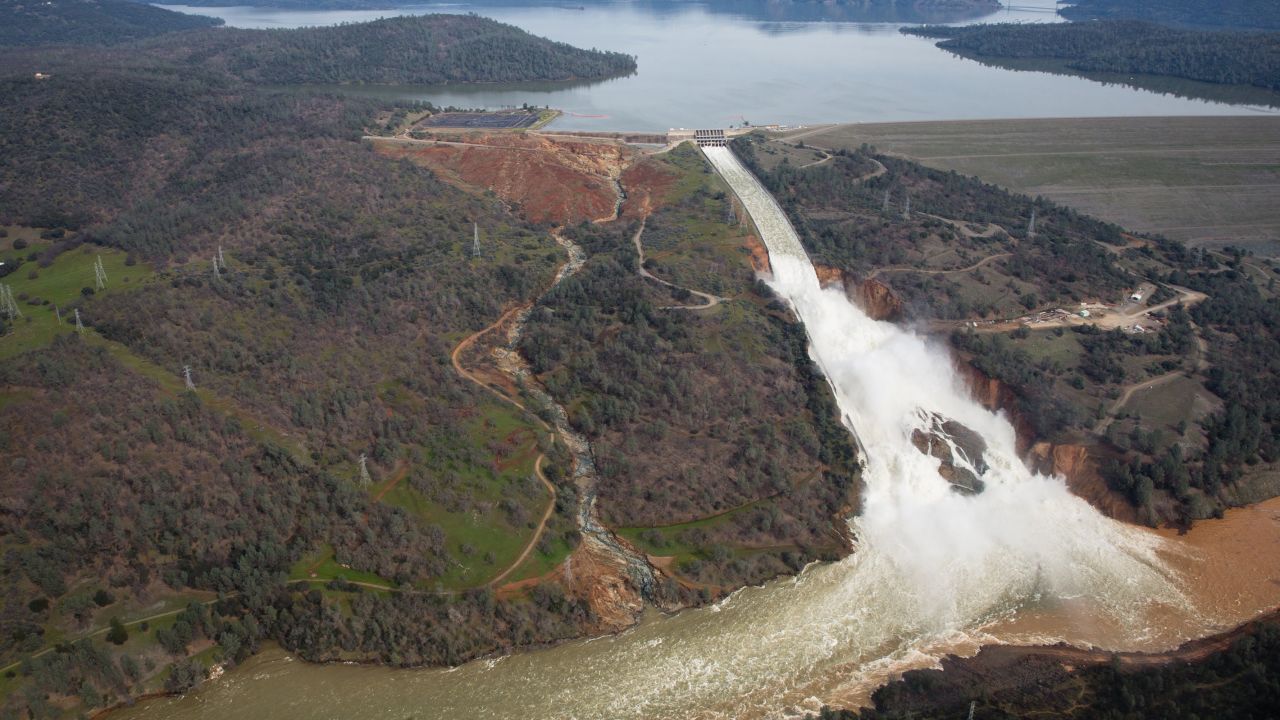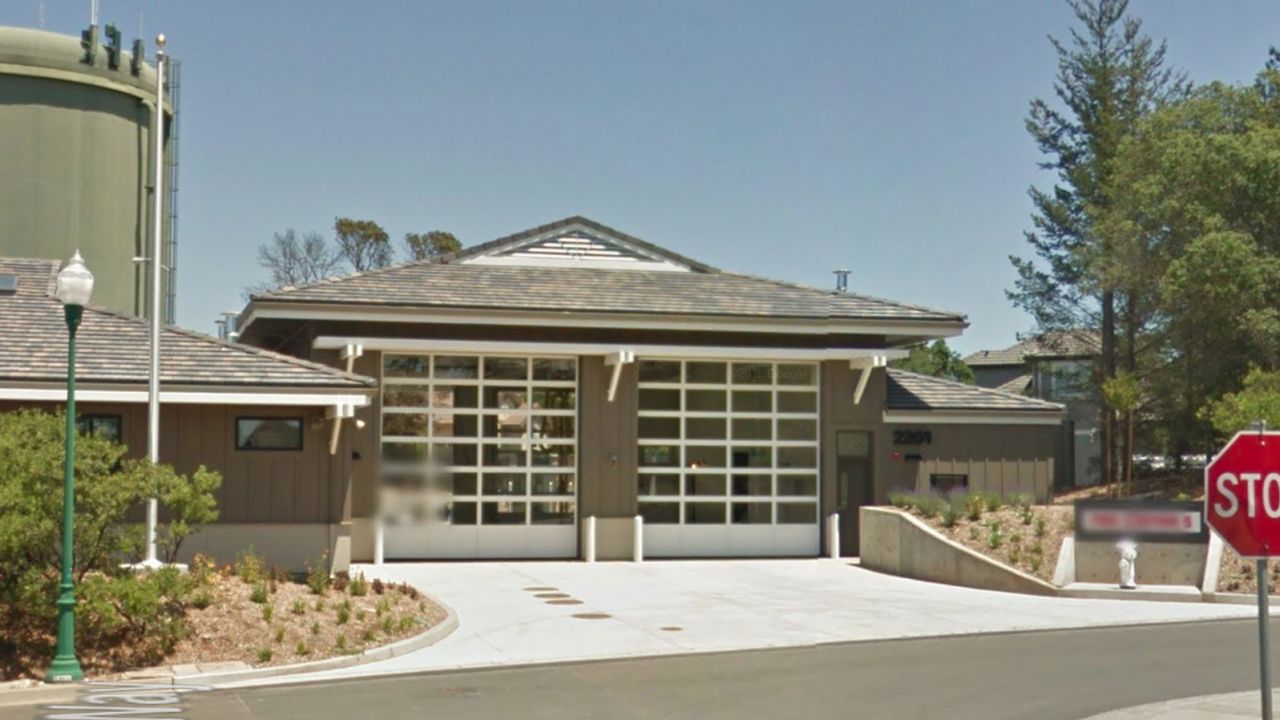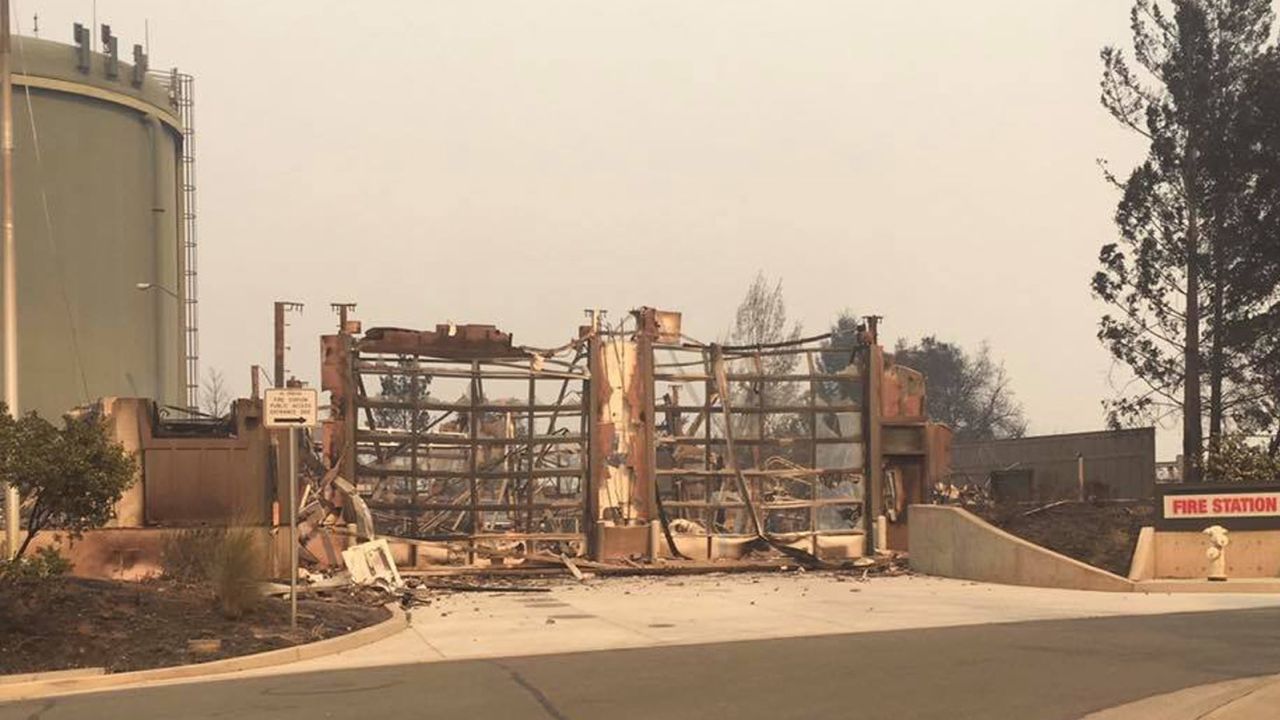Story highlights
Dramatic weather swings will become more common in the coming decades, a new study says
The study highlights the quick changes in climate variability that are more likely in a warming world
California is known for its Mediterranean climate. Dry summers and wet winters providing the perfect conditions for a robust agricultural economy, world-renowned wineries and idyllic weather make it the top tourist state in the country.
But these same factors leave California vulnerable to shifts in climate, and the weather patterns that traverse the region are conducive to dramatic swings between drought and flood, a sort of “weather whiplash.”
Unfortunately, those dramatic swings are becoming more common and will continue to do so in the coming decades thanks to manmade climate change, according to a study published Monday in the journal Nature Climate Change.
These climate extremes have significant impacts on society, and swinging rapidly from one extreme to the other only makes mitigation and adaptation that much harder.
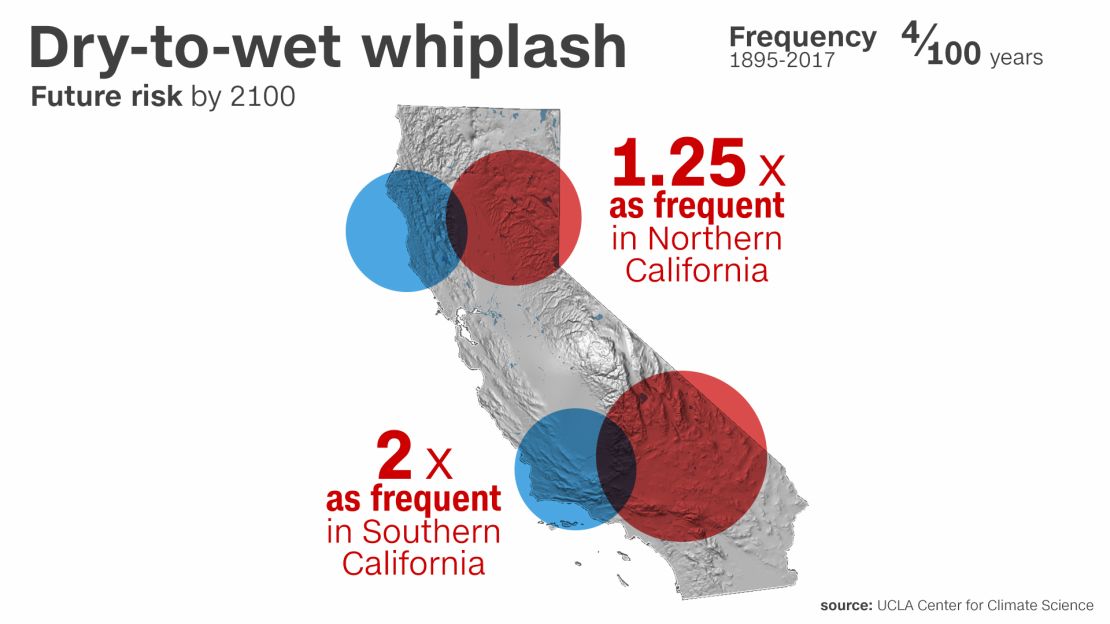
“In a place like California, we really need to be thinking about both risks [drought and flood] simultaneously,” said Daniel Swain, a University of California, Los Angeles climate scientist and lead author of the study.
Unfortunately, many of the risk-management practices California currently employs, such as storing water in large reservoirs for use during drought years, “become a liability during very wet years, when we need as much room to spare in reservoirs to maintain flood control,” Swain said.
A dramatic example of this occurred recently. The worst drought in recorded history (from 2010 to 2016) swung directly into massive flooding in late 2016 into early 2017. It culminated in the Oroville Dam disaster, which forced 250,000 people to evacuate their homes.
The study used an ensemble of computer model simulations known as the Community Earth System Model Large Ensemble and analyzed how future precipitation behaved as the climate warms in response to continuing levels of greenhouse gas emissions.
The researchers tested whether it could simulate California’s historical precipitation and reproduce known weather patterns that lead to drought and floods, which it did.
This gives the scientists confidence in the projections that come out of running the model many times under different scenarios.
What they found was that, though overall precipitation average is not expected to change much, the variability between the amount of precipitation and when it falls will vary significantly more than it does now.
“If you only look for shifts in average precipitation, you’re missing all of the important changes in the character of precipitation,” Swain said.
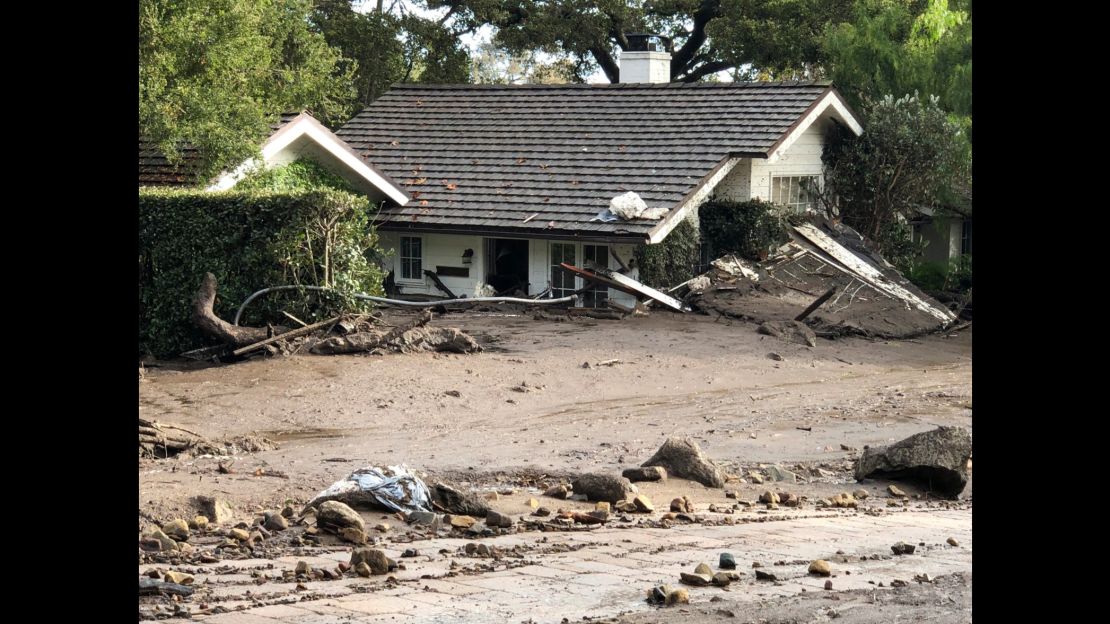
The study highlights the quick changes in climate variability that are more likely in a warming world, rather than focusing on more long-term threats.
“This is a very important step forward in the climate community,” according to Jason Furtado, an assistant professor of meteorology at the University of Oklahoma who reviewed the study but was not a part of the research.
“We are recognizing that the impacts of climate change are not just on long time scales but are also present in short-term, high-impact weather events,” Furtado said.
More wet, more dry and ‘weather whiplash’
Extremely wet years, such as what we saw the previous two years in California, are expected to become 2.5 times more likely by the end of this century.
These types of seasons cause major infrastructure problems for the state, with frequent mudslides and damage to dams and levees such as in Oroville. Currently, they occur about once every 25 years, but that rate is increasing to more like one in 10 years by 2100.
The paper also found significant increases in the number of dry years, a trend that is already being observed.
Extreme dry years (one-in-100-year events), which occurred in 1976-77 and in 2013-14, will occur 80% to 140% more frequently by the end of this century.
Though both of these findings are important on their own, there was an even more interesting result out of the data: a frequent wild swing from an extremely dry year to an extremely wet one, which the authors dubbed a “precipitation whiplash.”
These abrupt transitions were found to occur 50% to 100% more in the future, with the most frequent swings in Southern California.
Weather whiplash from wet to dry can make for explosive fire conditions, as enhanced vegetation from above-average rainfall years becomes parched during an exceedingly dry year. Toss in regular Santa Ana winds to fuel the flames, and the result is devastating wildfires.
On the flip side, when extremely wet seasons follow exceedingly dry ones, the result can be deadly mudslides. Just last year in Montecito, intense rainfall caused a mudslide in the burn scars from recent wildfires, killing 20 people.
Trillion-dollar disaster looms
In addition to more extreme annual totals of rainfall, the study looked at how much of that rainfall occurred in shorter (40-day) time spans, coinciding with the time scale of California’s Great Flood of 1862.
“The Great Flood of 1862 was an extraordinary meteorological and hydrological event without precedent in modern California,” Swain said.
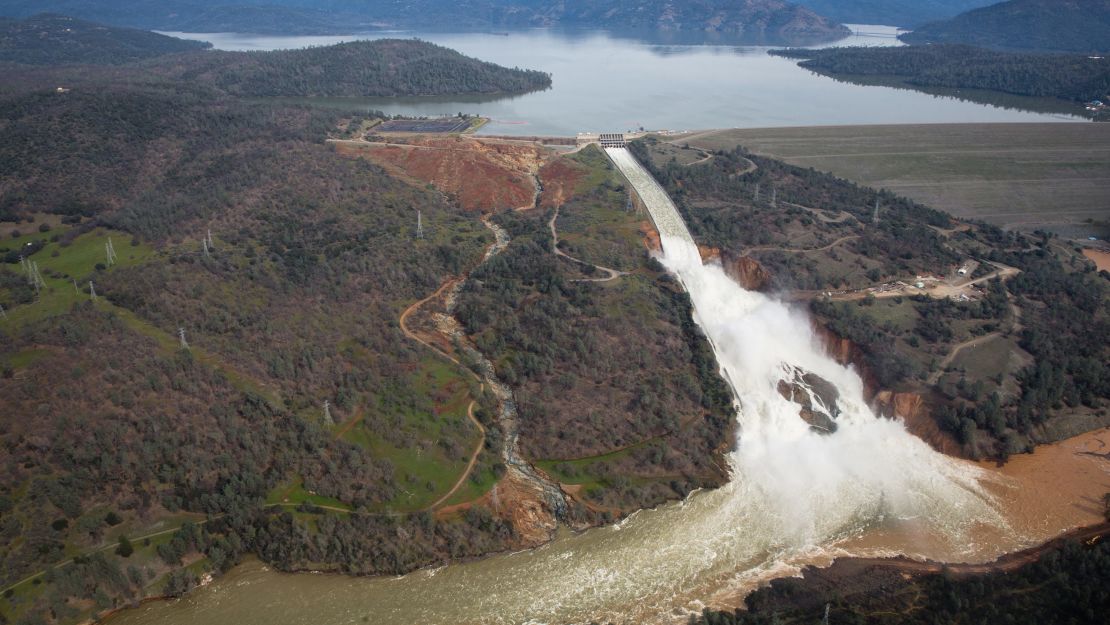
Swain described the event as “a relentless 40-day sequence of ‘atmospheric river’ storms that brought an almost inconceivable amount of rainfall to the entire state.”
Rain totaled 30 to 40 inches near the coast, with more than 100 inches on the western slopes of the Sierra Nevada. Much of the Central Valley was transformed into a vast inland sea over 250 miles long, and according to Swain, areas now home to millions of people in the Sacramento Valley, the coastal Bay Area and Los Angeles/Orange counties were submerged.
Though California has been fortunate to avoid a repeat in modern times, its time may be running out.
Prolonged storm sequences of the magnitude of the 1862 event will be five times more likely to occur by the end of this century.
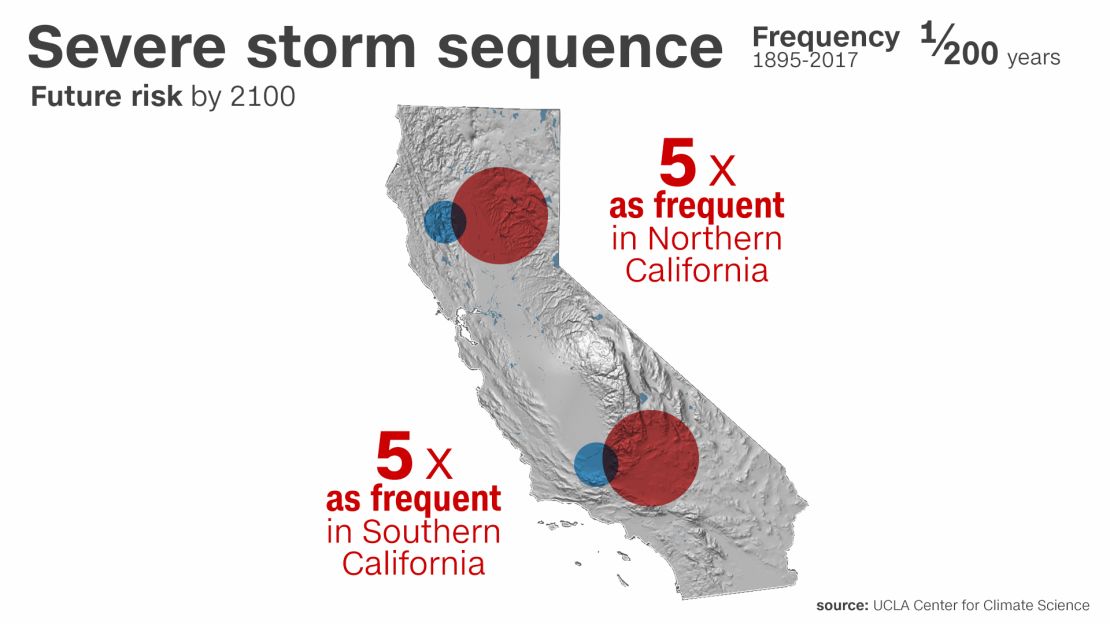
Put bluntly, California’s major urban centers, including San Francisco and Los Angeles, are “more likely than not to experience at least one” of these catastrophic events between 2018 and 2060, the study says.
The US Geological Survey has researched this exact scenario happening in modern times and calls it “the other Big One,” in reference to the ever-present threat of another major earthquake in the state.
Like a major earthquake, another historic flood disaster would probably overwhelm California’s flood control infrastructure, and the economic toll would approach a trillion dollars – nearly three times as much as most models estimate for a major Southern California earthquake.
CNN’s Judson Jones contributed to this report.

